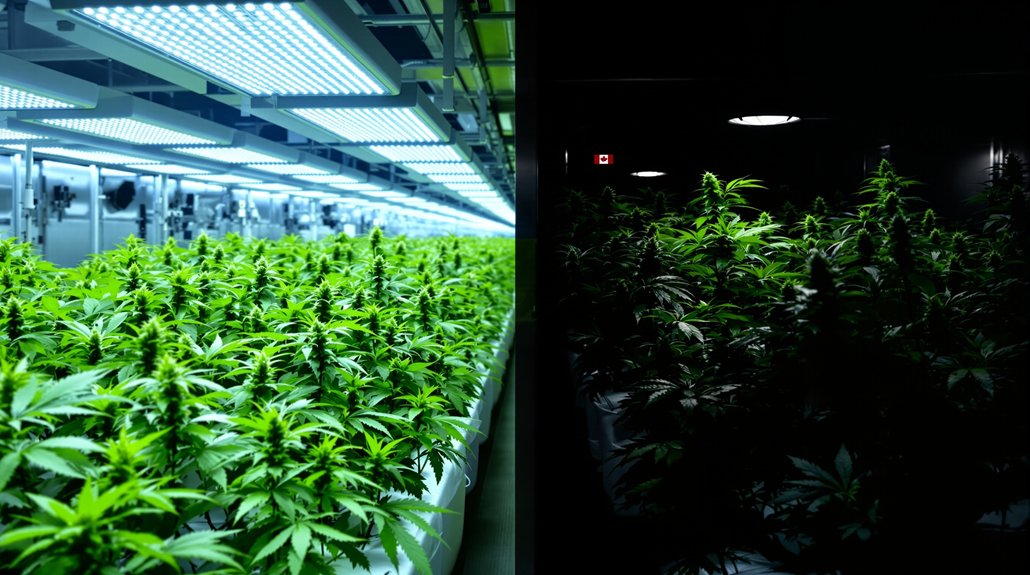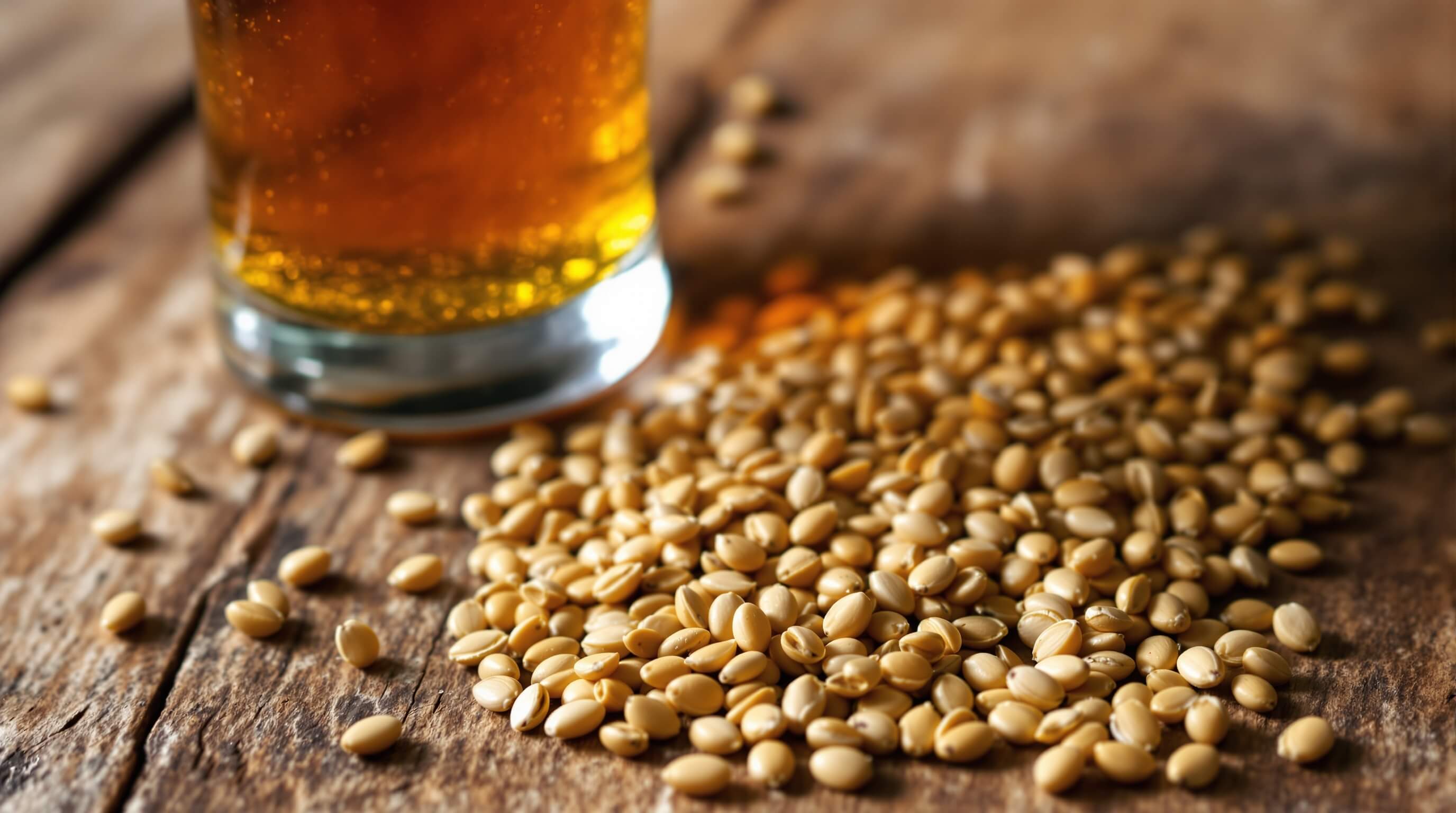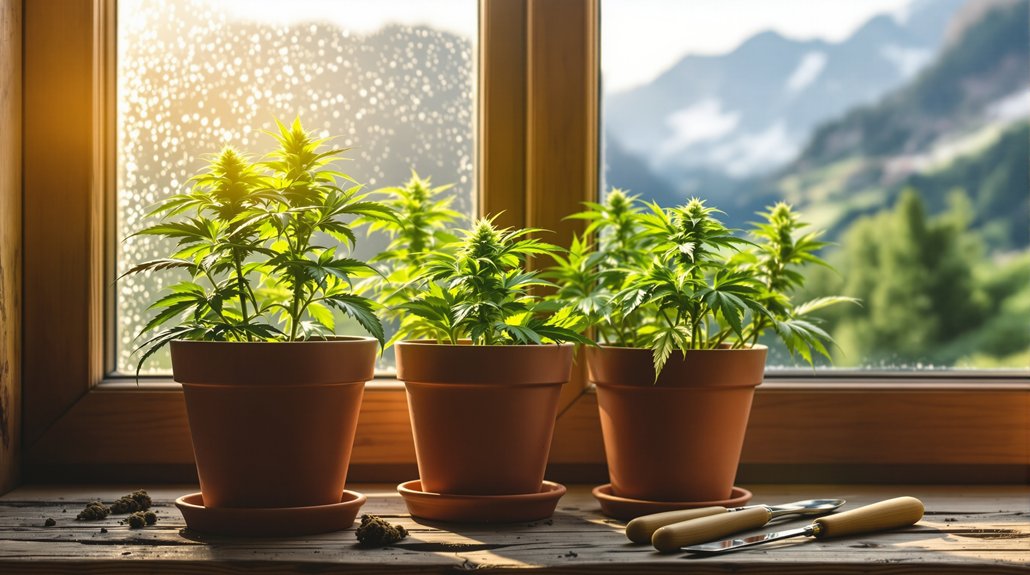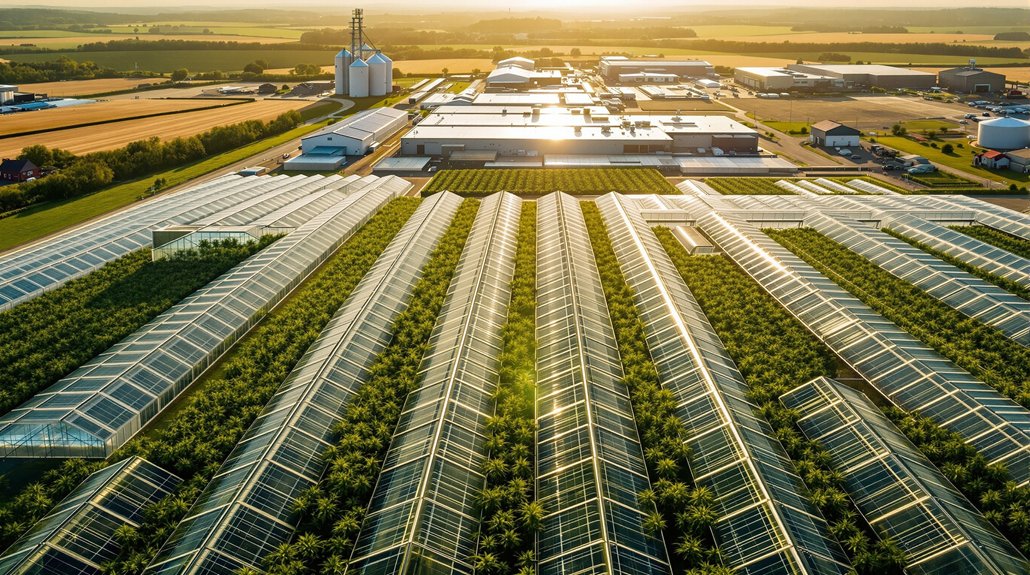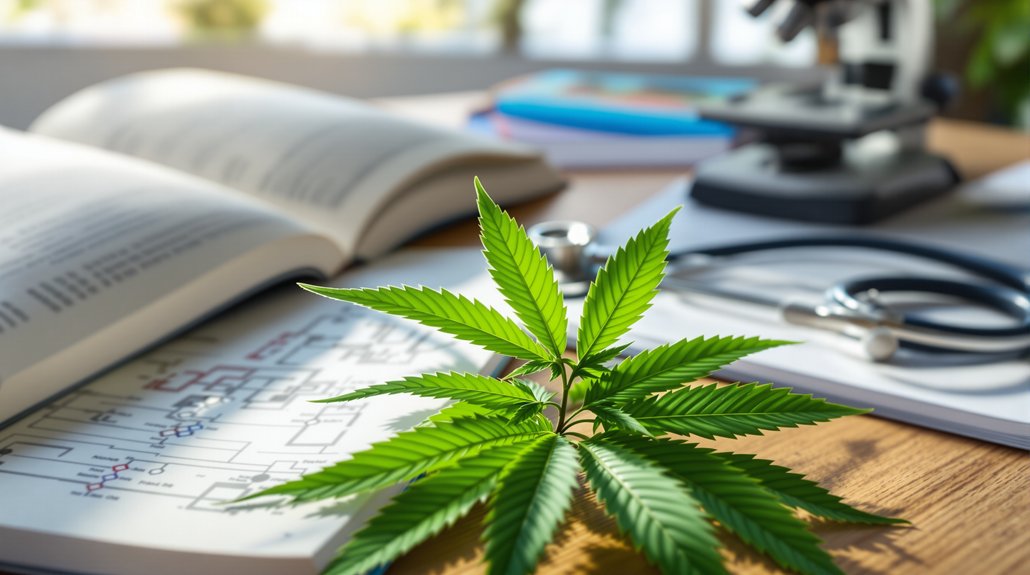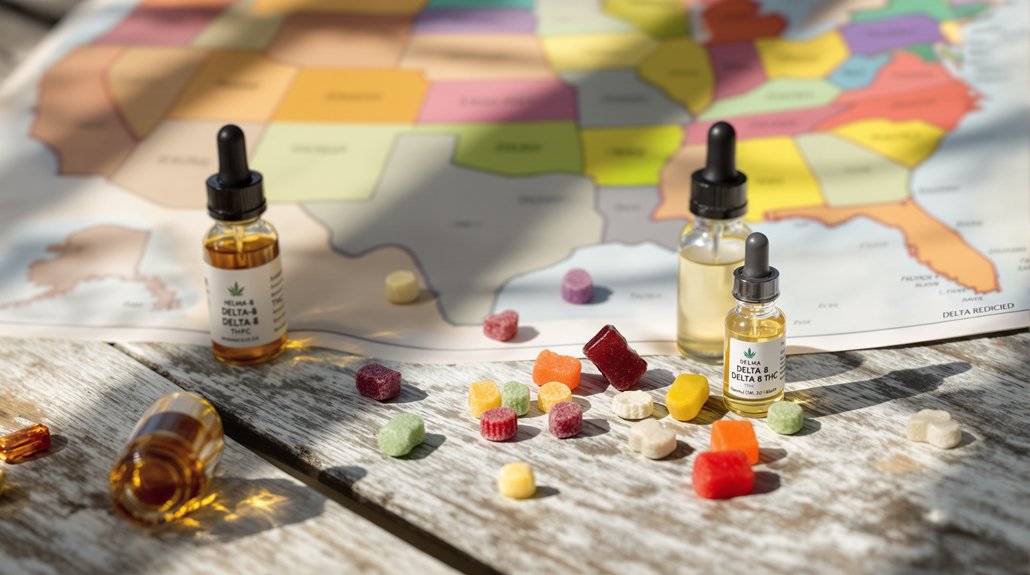Since Canada legalized recreational cannabis in October 2018, the nation’s cannabis market has evolved into a robust USD 3.28 billion industry by 2025, with projections indicating growth to USD 5.79 billion by 2030. This remarkable expansion represents a compound annual growth rate of 12.0% through the decade’s end, transforming what was once an underground economy into a legitimate, regulated marketplace worth CAD 13.0 billion in production revenue alone.
The Cannabis Act of 2018 established the regulatory foundation that enabled this transformation, creating a framework where federal authorities oversee production while provincial governments manage distribution and sales. Before 2013, only one company held cultivation and processing permits, but the current landscape features intense competition with no single producer commanding more than 5% market share. This fragmented structure has fostered innovation while keeping prices competitive for consumers. Technological advancements in cultivation technology are revolutionizing production methods, with AI and IoT sensors optimizing plant growth through environmental monitoring.
Consumer behavior patterns reveal the success of Canada’s legalization strategy. In 2023, 69% of Canadians reported always purchasing from legal sources, demonstrating a decisive shift away from illicit markets. Only 9% of consumers never use legal channels, indicating that legitimate retailers have largely displaced black market operations. This change reflects not only improved product accessibility but also reduced stigma surrounding cannabis use.
Canada’s cannabis legalization achieved remarkable success with 69% of consumers consistently choosing legal sources over illicit markets by 2023.
Market segmentation shows recreational dried cannabis generating the largest revenue share, while recreational oils and concentrates represent the fastest-growing segment. The 2019 legalization of edibles and extracts, including products like kief, hash, and tinctures, expanded consumer options and drove additional market growth. Medical cannabis maintains significant market presence alongside recreational products, serving patients with various therapeutic needs. The pharmaceutical industry is making substantial investments in cannabis research, reflecting the growing recognition of therapeutic applications in the medical sector.
The industry’s infrastructure reflects its scale and sophistication. Licensed operators utilize 1,453,902 square meters of indoor growing space, 364,925 square meters for processing, and 596 hectares of outdoor cultivation areas. Health Canada’s Cannabis Tracking System Order, implemented in 2019, monitors cultivation, processing, sales, and inventory data to guarantee regulatory compliance.
Recent years have witnessed substantial industry consolidation, with mergers, strategic downsizing, and exits reducing licensed operators by 10.8% in 2023. Vertically integrated firms increasingly dominate the competitive landscape, while investment continues flowing into market expansion. Canopy Growth’s USD 250 million equity program exemplifies ongoing capital commitment to sector development. However, the market outlook includes a projected revenue contraction of 1.0% in 2024 before resuming growth through the remainder of the decade.
Government initiatives supporting export permits for medical cannabis indicate Canada’s ambitions beyond domestic markets. Policy adjustments focus on market stabilization and enhanced compliance, while rising public awareness of cannabis health benefits continues driving demand growth across both medical and recreational segments.
